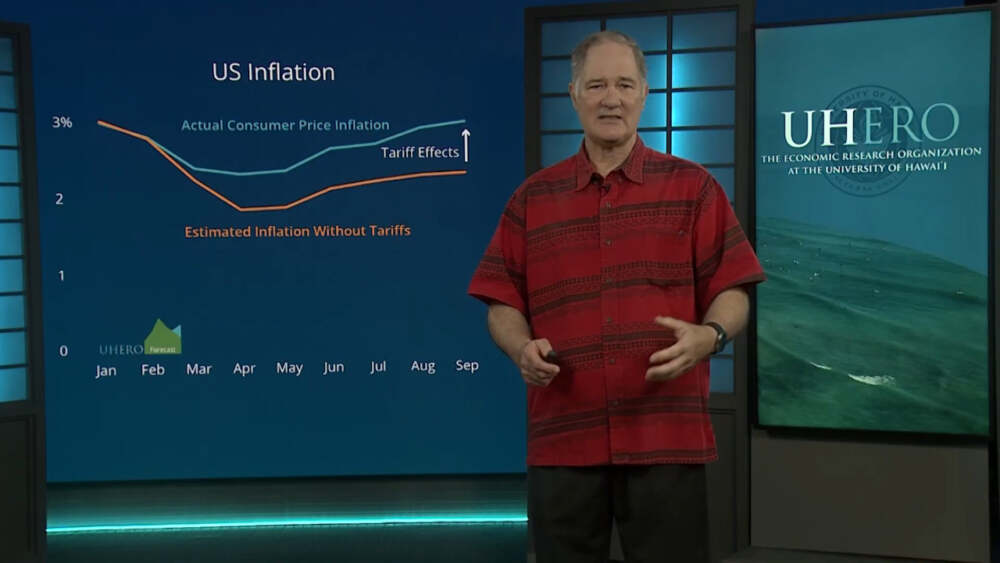In a dramatic turn of events, JPMorgan Chase has asked a court to terminate its long-standing obligation to cover legal defence costs for two former executives convicted of defrauding the bank. The bank argues that the responsibility it assumed under an acquisition agreement has become untenable — chiefly because the legal bills have swelled to nine figures and reflect what it describes as “clear abuse.”
Background: The Acquisition Gone Wrong
In 2021, JPMorgan acquired a fintech startup aimed at helping students navigate the financial aid process. The purchase price was large, reflecting expectations of a booming customer base and opportunities in student lending and banking. However, the bank later alleged that the startup’s founders had knowingly inflated key metrics — claiming millions of users when in fact the true number was far smaller. A federal jury found the two executives guilty in March 2025 of bank fraud, wire fraud, securities fraud and conspiracy.
The Fee Dispute
Under the terms of the acquisition deal, the bank had agreed to advance defence costs to the executives if legal claims emerged. What JPMorgan now contests is the magnitude and management of those costs. According to the bank’s filing:
- One of the convicted executives’ legal teams billed the bank approximately US $60.1 million, while the other’s legal team billed around US $55.2 million, for a combined total of about US $115 million.
- Among these charges, a single law firm reportedly received more than US $35 million.
- JPMorgan says the arrangement has been treated like a “blank check,” and that the level of billing is “patently excessive and egregious.”
- The bank further warns of “irreparable injury” if the obligation is not terminated, citing ongoing financial drain.
Why This Matters
Though the acquisition amount and the legal fee tab are both large, the significance goes deeper than the dollar figures:
- It highlights the risks major institutions take when acquiring startups, especially those based heavily on projected growth and unverified metrics.
- It raises important questions about indemnification and legal-fee advance clauses in merger and acquisition agreements — and whether those clauses can impose unlimited liabilities.
- For the legal world, the case serves as an example of how a company’s mis-representations can ripple well beyond the transaction, affecting not just the purchase price but also post-deal obligations and defence costs.
- For corporate governance and M&A strategy, it underscores the need for thorough due diligence and for acquirers to understand not just what they’re buying, but what contingent liabilities they may be assuming.
Looking Ahead
Several key outcomes will be closely watched:
- Whether the court will grant JPMorgan’s request to terminate the fee-advancement obligation — and if so, on what terms.
- How much of the advanced fees, if any, will need to be repaid by the convicted executives. JPMorgan has sought restitution in the hundreds of millions to cover the acquisition cost plus these legal fees.
- Whether this case prompts changes in how future acquisition agreements are drafted — particularly around legal-fee advancement, defence cost budgeting, and accountability for founders and executives.
- The broader impact on startup valuations, especially in sectors where value is largely tied to large user numbers or growth projections rather than fully established revenue streams and profitability.
Final Words
What started as a seemingly high-potential fintech acquisition has morphed into a cautionary tale about institutional risk, accountability and the hidden costs of deal-making. The story is not only about the $115 million in legal bills; it’s about how those bills reflect the downstream consequences of aggressive growth claims, acquisition stringency, and contractual commitments. For JPMorgan, the fight is both financial and symbolic: reclaiming control over what it considers an unfair burden, and sending a message about the limits of indemnity in today’s M&A climate.
















Leave a Reply